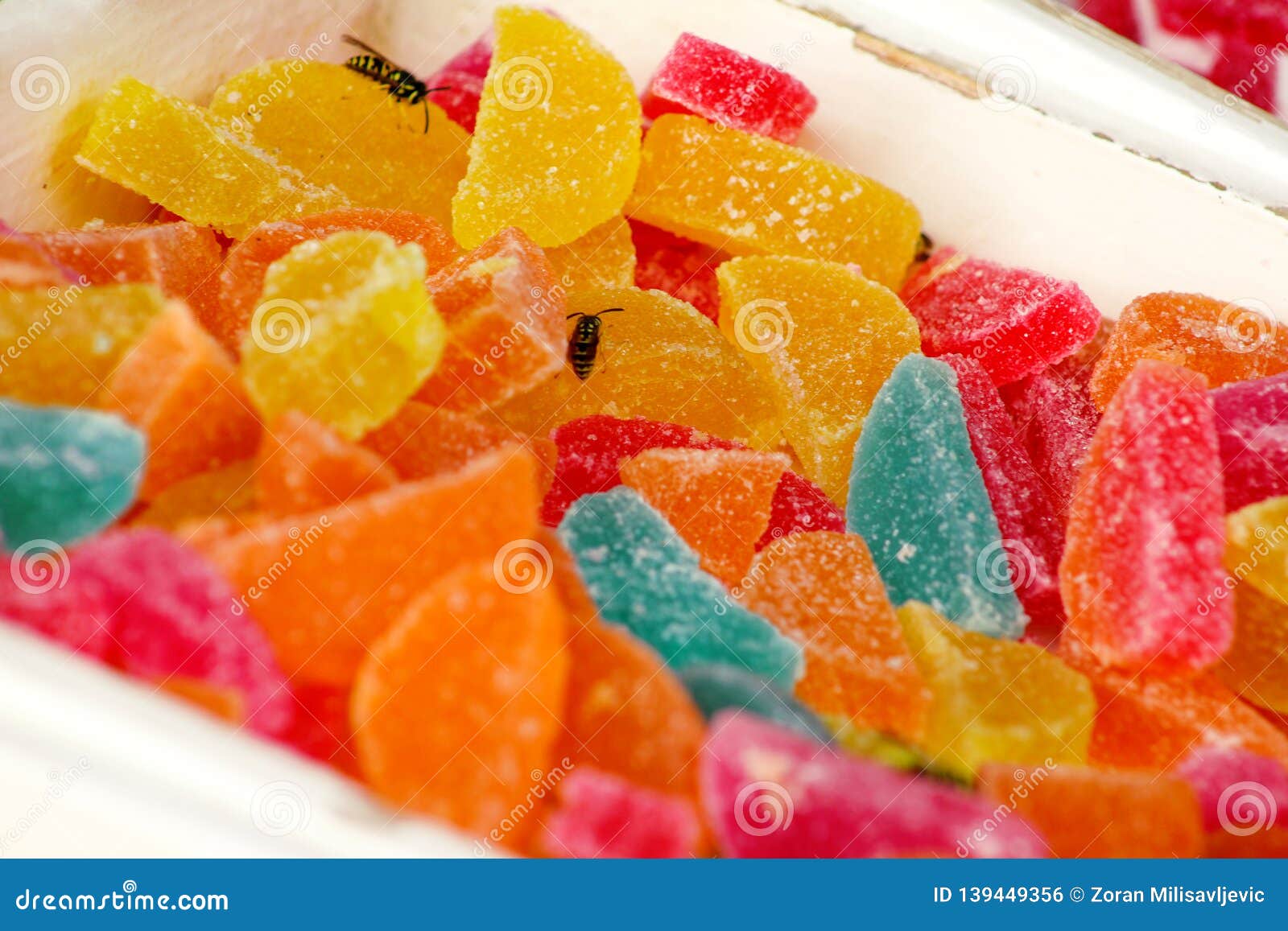

Stone's a nine-worker enterprise.Long knows of only three small companies in Buffalo that Something I don't think exists in other parts of the country," said William Long.Other than Junkies are sometims left wanting for a delicacy seldom found outside upstate New York. Stone Brothers Home Made Candies, conditions have to be jsut right.

"Those who know about it come in with mouths watering, cast their gaze across the rows ofĬhocolate creams and molds to see if they'll taste any today. This ingredient is generally omitted from the other recipes. Sponge candy, others might produce very different products. Old confectionery texts confirms recipes with these names. The origins are familyĪpparently this product (or similar products) is known in other parts of the country byĭifferent names: fairy candy, fairy food, sea foam, angel food and honeycomb toffee. (including company Web sites) vaguely date the recipe in the 1940s. The current product but scant details regarding the history of the recipe. The general concensus of newspaper articles and Web sites place the origin of "sponge candy" The Great American Candy Bar Book/Ray Broekel.Sugarplums and Sherbet: The Prehistory of Sweets/Laura Mason.It also contains separate entries for specific types of candies.] [NOTE: This source has much more information than can be paraphrased. Encyclopedia of American Food and Drink, John F. The American candy bar such a phenomenon of the late nineteenth century." Were first displayed.But it was the discovery of milk chocolate in Switzerland in 1875 that made The Arabic qandi, "made of sugar," although one finds "candy" in English as early as the fifteenthĬentury.Caramels were known in the early eighteenth century and lollipops by the 1780s."Hard candies" made from lemon or peppermintįlavors were popular in the early nineteenth century.A significant moment in candy history occuredĪt the 1851 Great Exhibition in London, where "French-style" candies with rich cream centers While the British called such confections, "sweetmeats," Americans came to call "candy," from "marzipan," which is very old decorative candy made from almonds ground into a sweet paste.

In New Amersterdam one could enjoy "marchpane," or Where maple-syrup candy was popular in the North and benne-seed confections Known in the seventeenth-century England and soon were to appear in the American colonies
#TINY GELATIN CANDY BALS HOW TO#
Physicians had learned how to mask the bad taste of their medicines with sweetness, a practice "Candy.The ancient Egyptians preserved nuts and fruits with honey, and by the Middle Ages [NOTE: This book has an excellent chapter on the history of confectionery and preserves. History of Food, Maguelonne Toussaint-Samat They were contained in little comfit-boxes or Sweetmeats to their rooms to be taken at night. Was neither very fresh nor very well balanced.guests were in the habit of carrying these Preventative function, as an aid to digestive troubles due to the excessive intake of food which Time began as a marriage of spices and sugar, and was intended to have a therapeutic or at least The Satyricon, but it seems that after that the barbarian invasions Europe forgot them for a while,Įxcept at certain wealthy courts were Eastern products were eaten.At the height of the MiddleĪges sweetmeats reappeared, on the tables of the wealthy at first.In fact the confectionery of the The most sumptuous of Athenian banquets, and were an ornament to Roman feasts at the time of Kind of confectionery still made in those countries today. Indians, the people of the Middle East, the Egyptians and then the Greeks and Romas used it coatįruits, flowers, and the seeds or stems of plants, to preserve them for use as an ingredient in the "All of the peoples of antiquity made sweetmeats of honey before they had sugar: the Chinese, the Conserves and preserves (fruit preserved in sugar) eventuallyīecame their own type of food typically paired toast or spread between cookies and cakes. Jujubes, licorice andĪncient medicine becoming modern candy. Indeed, the first candies were sugar coated nuts, seeds and fruits. The English word "candy" derives from Arabic "qandi," meaning something made with sugar. Today's cough drops and peppermint sticks descend from this tradition. Medical treatment for digestive troubles. Food historians propose the first sweets were consumed as a sort of Offers a much broader and complicated lineage. While we Americans tend to think of candy in terms of supermarket and convenience stores displays, this sweet culinary family Food Timeline: history notes-candy FoodTimeline library Food Timeline FAQs: candy


 0 kommentar(er)
0 kommentar(er)
